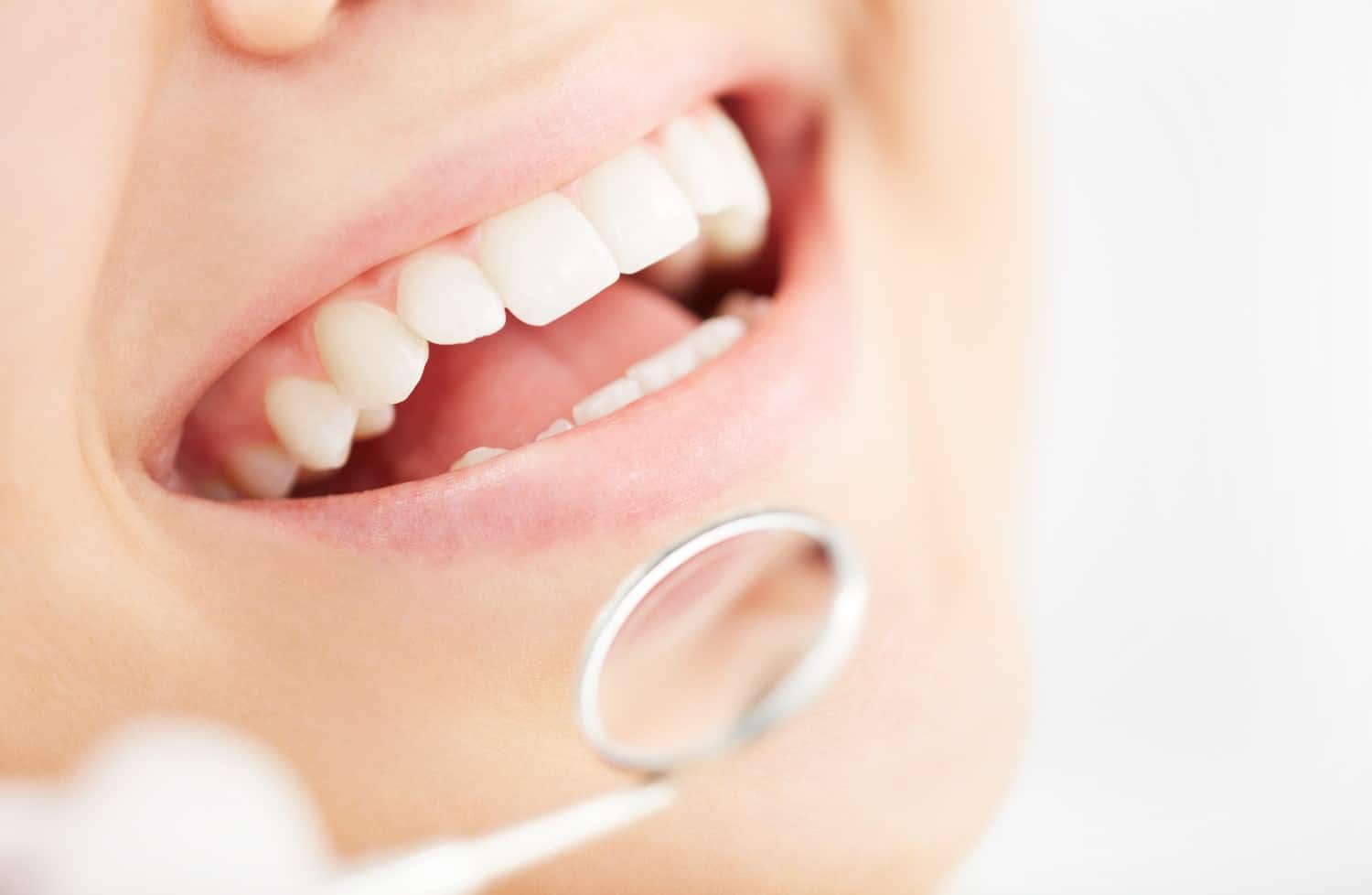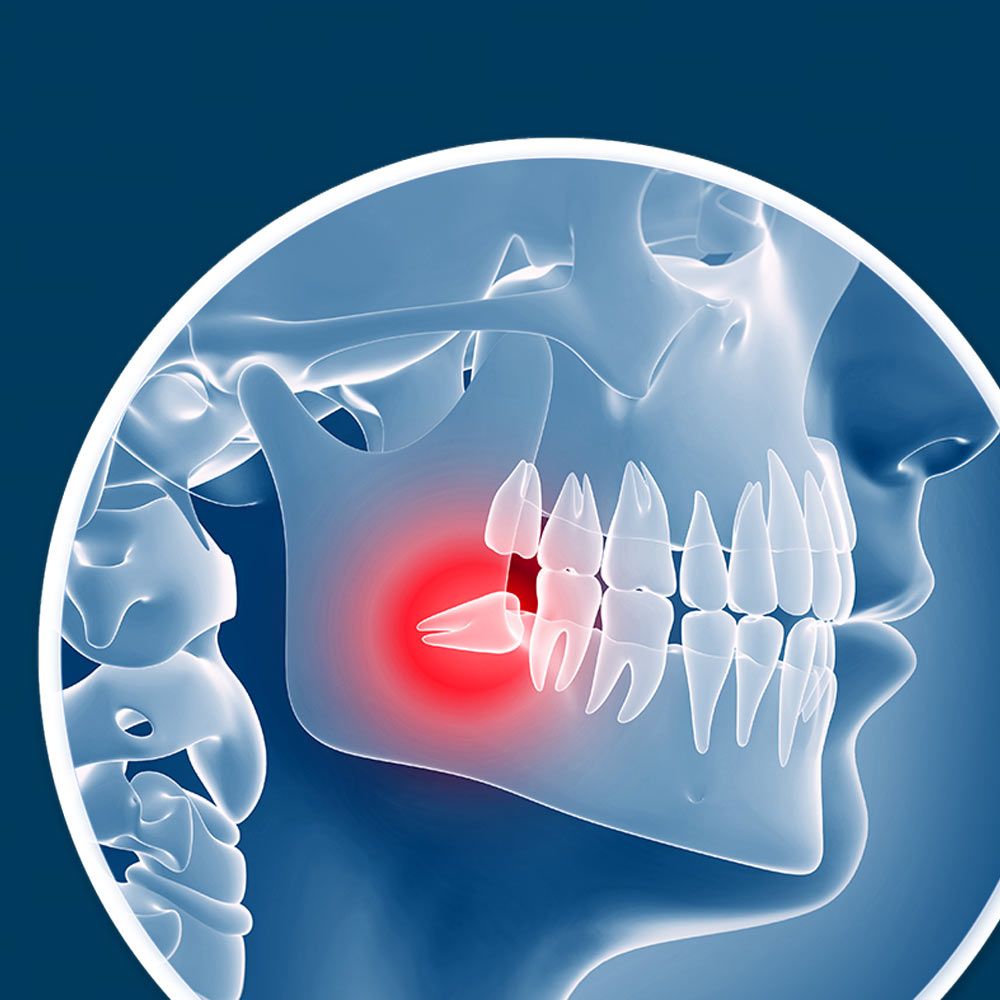Born in Vietnam, Dr. Pham now lives in Fairfax County with his wife and son. Dr. Pham attended Howard University College of Dentistry in Washington DC for both his undergraduate in Dentistry and graduate degree Oral and Maxillofacial Specialty training.
Dr. Pham is an active member of the Northern Virginia Dental Society. He focuses on training his staff on ACLS and BLS. These courses teach life saving measures that ensure the safety of every patient.
He practices a wide scope of oral and maxillofacial procedures including wisdom teeth removal, dental implants, oral pathology and facial trauma. He is friendly, honest, and compassionate.
Besides a long list of hobbies, Dr. Pham is very active with tae-kwon-do, jogging, swimming and participates in a range of outdoor activities with his family and friends.
What Are Dental Implants?
A natural tooth consists of a root and a crown. If you compare natural teeth to implant-supported replacement teeth, you’ll see they have the same basic parts. Both have a crown (the visible part used to chew food). Both have a root that holds the tooth securely under the gum and is anchored into the jaw. The difference is that the implant is made of titanium – the same time-tested material used by surgeons for artificial joints. When you lose a tooth, you lose both the root and the crown. To replace the tooth, the surgeon first replaces the root with a small dental implant.
Time is allowed for bone to heal and grow around the dental implant. The bone bonds with the titanium, creating a strong foundation for artificial teeth. A support post (abutment) is then placed on the implant and a new replacement tooth (crown) is placed on top of the abutment. In many cases a temporary replacement tooth can be attached to the implant immediately after it is placed. If all of your teeth are missing, a variety of treatment options are available to support the replacement teeth.
Tooth Replacement Procedure
Your teeth affect your whole body. When they’re healthy, you’re healthier too. A missing tooth can affect your bite, speech and eating choices. As you rely more on your remaining teeth, you increase the chance they will wear out prematurely, or be damaged or lost. You may also experience headaches and/or jaw pain.
Who would want their appearance and health to deteriorate? That’s the natural consequence of missing teeth – the jaw literally melts away. Generally, people will lose 25% of their supporting jawbone structure within the first year after tooth loss. Dental implants are more easily placed when teeth are first extracted because bone replacement becomes more complex as time passes. The great news? Implants act just like your natural teeth. They safeguard and preserve your bone structure, oral health and appearance. Your dentist and the implant surgeon will provide you with options so that you can make the most informed decision concerning tooth replacement.
BONE GRAFTING | LANSDOWNE & CHANTILLY VA
Major & Minor Bone Grafting
Missing teeth over a period of time can cause your jaw bone to atrophy, or resorb. This often results in poor quality and quantity of bone suitable for the placement of dental implants as well as long term shifting of remaining teeth and changes to facial structure. Most patients, in these situations, are not candidates for dental implants.
Fortunately, today we have the ability to grow bone where it is needed. This not only gives us the opportunity to place implants of proper length and width, but it also gives us a chance to restore functionality and aesthetic appearance.
Wisdom Teeth
Third molars are commonly referred to as wisdom teeth. They are usually the last teeth to develop and are located in the back of your mouth, behind your second molars. Their development is usually completed between the middle teenage years and early twenties, a time traditionally associated with the onset of maturity and the attainment of wisdom.
Platelet Rich Plasma
Platelet Rich Plasma (PRP) is a byproduct of your blood (plasma) that is rich in platelets. Platelets perform many functions, including forming blood clots and releasing growth factors into the wound. These growth factors function to assist your body in repairing itself by stimulating stem cells to regenerate new tissue, thus, speeding up the healing process.
Why All The Excitement About PRP?
PRP permits the body to take advantage of the normal healing pathways at a greatly accelerated rate. During the healing process, the body rushes many cells and cell-types to the wound in order to initiate the healing process. One of those cell types is platelets. Platelets perform many functions, including formation of a blood clot and release of growth factors (GF) into the wound. These GF (platelet derived growth factors PGDF, transforming growth factor beta TGF, and insulin-like growth factor ILGF) function to assist the body in repairing itself by stimulating stem cells to regenerate new tissue. The more growth factors released sequestered into the wound, the more stem cells stimulated to produce new host tissue. Thus, one can easily see that PRP permits the body to heal faster and more efficiently.




